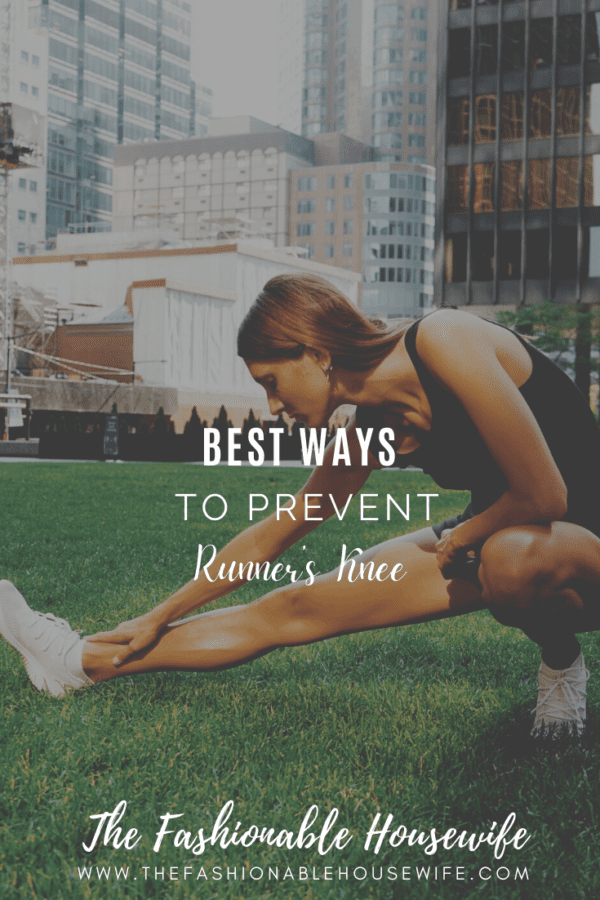
Over the past year, there has been little you could do in the line of exercising. It has been virtually impossible to hit the fitness clubs because most were temporarily closed due to COVID restrictions. This left a huge number of people to their own resources when trying to find ways to stay in shape without the usual exercise routines they had designed for them. Since gyms and fitness centers were bound by the same restrictions as every other business, the only things left for fitness buffs were video workouts along with outdoor activities such as jogging.
Unfortunately, the one real issue with taking up running without a trainer at your side is the very real potential for knee injuries. Yes, running is a safe option during COVID but not so much when it comes to sports injuries that could be prevented with just a few tweaks and instructions from a certified personal trainer. Let’s take a moment to check out a few of the ways in which runners are able to prevent serious injury while getting the most from their time spent on the road.
1. Warm-Up Is Essential
Although you know that any time spent in exercise should always begin with a precise warm up session designed specifically for the workout you will be doing, it isn’t always possible to know exactly what muscles need to be stretched and warmed prior to your workout unless those warmups have been designed by your trainer. With that said, take the time to do a bit of research to see how to stretch the muscles you will be working when jogging or running. Basic stretches are better than none.
2. Seek Soft Surfaces
Not only will soft surfaces lessen the compression impact of bone on bone in the knees, but it will also require a bit more strength pushing off to get the momentum going. Compression injuries and torn ligaments are a couple of the injuries seen regularly at the Kneecare Clinics in St. Louis, MO who recommend doing a bit of legwork prior to starting any new fitness regimen as well as wearing the proper running shoes. The point is to guard against injuries so that you can continue working out until the time when gyms and fitness centers are able to fully open their doors.
3. Stay Hydrated
There is nothing quite as painful as cramps, which could have been avoided if the athlete had taken proper precautions to stay hydrated. While there are sports drinks on the market that are rich in electrolytes, it isn’t always necessary to drink anything other than fresh juice or water at room temperature. Fluids will also help wash toxins away from those muscles that have just been worked, promoting faster recovery and healing times.
Remember, you may not be able to hit the gym just yet, but you can do other things that don’t require an indoor fitness center. Stay active and before you know it, those doors will be open once again. If you stay active now, getting back in the swing of things won’t be as difficult when that day comes.



